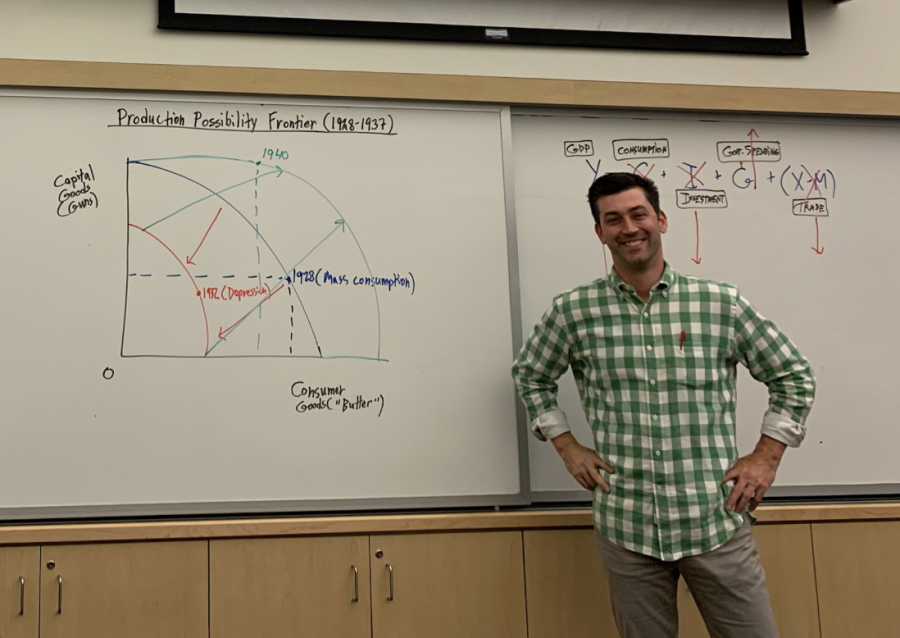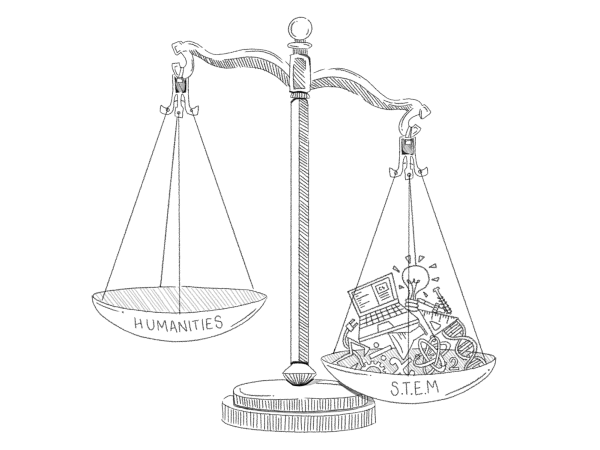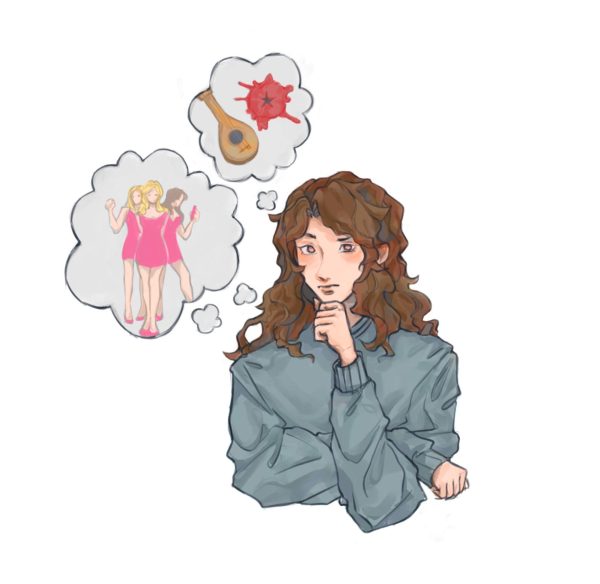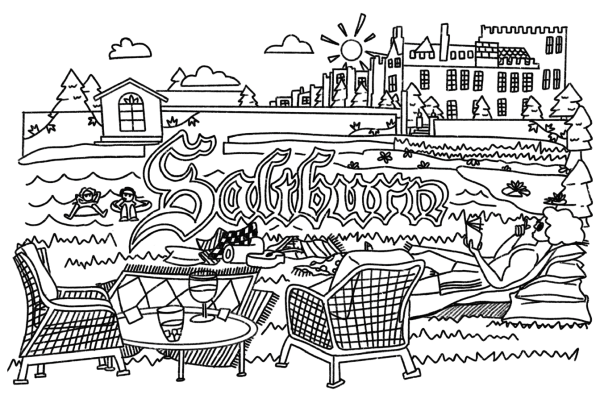Why Menlo Should Get Rid of AP Classes
AP U.S. History teacher and History Department Chair Ryan Dean also teaches sophomore classes about economics during the Great Depression. Staff Photo: Carly McAdam.
January 31, 2019
According to their mission, Menlo aims to give students “learning for life.” However, Menlo has yet to change one of the things in school that can prevent students from gaining a truly deep understanding of what they are learning and instead places emphasis on preparing for one test: Advanced Placement (AP) classes. If Menlo replaced AP classes with honors classes, both students and teachers would have better experiences in the classes.
AP classes don’t actually do what they were intended to when they were first created in the 1950s. According to the College Board, the intent of AP classes is to“[give] students the chance to tackle college-level work while they’re still in high school and earn college credit.” Menlo History Department Chair and AP U.S. History teacher Ryan Dean said, “Colleges and universities of the more selective variety use these [AP] tests not so much for placement and college credit, but […] to distinguish between those who they would like to admit and those they don’t.” Student’s wouldn’t be at a disadvantage if they didn’t take AP test because colleges wouldn’t consider it as a factor when looking at an application and they wouldn’t lose any credit because colleges don’t use the tests for credit anyway.
Because of the way that colleges use the AP test, AP classes don’t achieve their goal to give students enough college credit so that they can finish college on time or early. According to the College Board, 22,612 schools offered AP classes in 2018 and 5,090,324 AP exams were taken by 2,808,990 students, which is 78% of the 3.6 million students who graduated high school in 2018, according to the National Center for Education Statistics. However, according to the National Center for Education Statistics, only 40.9% of full-time students graduate within four years from four-year institutions. Most students are still taking at least four years or more to finish college even though the majority of students are coming into college having taken AP classes.
Additionally, AP classes force teachers to teach to a certain curriculum. “I’m often, ironically, sacrificing depth for breadth [in my AP U.S. History class],” Dean said. “If I didn’t have to teach to the AP test, I would devote more days of instruction to students’ individual research papers.” Being a historian is more than just being able to fulfill requirements on an AP test in a short amount of time, it’s about having a deep understanding of history and an ability to write a complex historical paper, which is what the research paper teaches students to do.
Instead of having AP classes, Menlo should change all of their AP classes to be honors classes. These classes could still have the academic rigor of the AP, without forcing students to spend valuable class time and time outside of school time learning content that they won’t need to use again just to take a test that isn’t going to give them enough credit to graduate college early. If students wanted to, they could still have the option to take the AP test after taking the honors class to get college credit; however, students could get more out of the current AP classes they were replaced with honors ones because teachers would be able to implement their own curriculum to increase the depth of the class.













